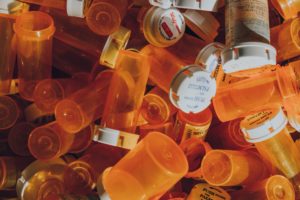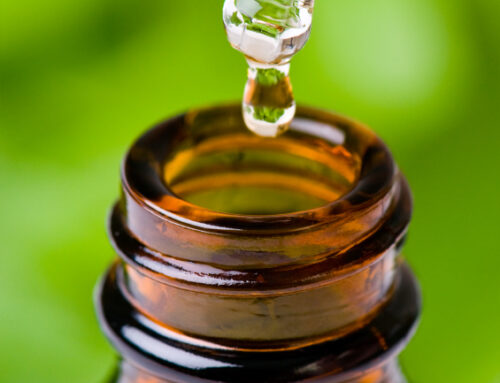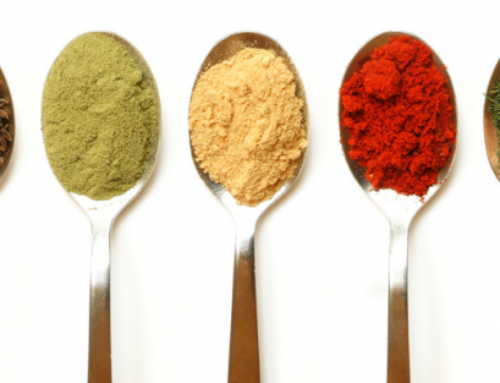
In 2011, I wrote about the ineffectiveness of antibiotics for the treatment of most sinus infections. At the time, there was a lot of media attention on the subject, and because of that, I thought there would be a significant reduction in the years to follow. Unfortunately, that hasn’t happened. While I’m not a big fan of antibiotics for everyday use (such as in OTC creams- as I know there are effective natural alternatives), I do know when used prudently, antibiotics save lives. If radical changes don’t happen within the medical establishment to stop over prescribing, we could get to a point of no return with superbugs rendering antibiotics useless.
To understand just how prevalent antibiotics are in our everyday lives, and hopefully to inspire people to find alternatives, I’ve created a list about how they affect us day to day. If you think you haven’t had a dose of antibiotics in a while, the list below will make you think again.
- 70-80% of all antibiotic use is in the treatment of livestock. In other words, unless you purchase organic dairy and meat products, there will be antibiotics in your food. Why is it used? To fatten the animals and prevent infection. It may be working to beef them up (forgive the pun), but infections can stem from either bacteria or viruses. Last summer Midwest farmers, who crowd thousands and thousands of chickens under one roof, slaughtered 38 million chickens due to the avian flu, a virus. Maybe we should model ourselves after the Swedish and Danish farmers who are succeeding at keeping their animals healthy and fat by improving living conditions. Here is an excellent article.
- Although antibiotics aren’t officially in antimicrobial soaps, anti-bacterial are. What’s the difference you may ask? Not much. The job of both is to kill bacteria, but I’m not sure that’s such a good idea. Recent research suggests there are benefits to not overly cleansing our environment. For example, children raised on farms tend to have less allergies and a stronger immune system.
- Antibiotics can be found in your vegetables…..yes, your vegetables. It took me a moment to wrap my head around that, but think about it- if livestock is being fed antibiotics and the manure from livestock is used to fertilize plants then it makes sense antibiotics would be found in our vegetables.
The list doesn’t end here. Just research “antibiotics or antibiotic resistance” and you’ll find a ton of information.
So what can we use instead of antibiotics for less serious infections? Here is one alternative. A year ago, The Atlantic reported on essential oils as a potential option. I’m a big fan of essential oils and use them for anything from a kitchen burn (lavender) to a stomach ache (cinnamon bark), so I was excited to see that a major magazine had written on the subject. According to the article, many farmers are starting to put essential oils or plants with essential oils into the feed of their livestock instead of antibiotics to protect them from sickness (this includes viruses!). One discovery was “that chickens who consumed feed with added oregano oil had a 59 percent lower mortality rate due to ascites, a common infection in poultry, than untreated chickens.” If you want a great read on the subject, check out this link.
Another alternative to antibiotics is growing an herbal garden. Check out Herbal Antibiotics by Stephen Buhrer. He lists many effective recipes in his book.
In the end, I hope you’ll think twice before popping an antibiotic. Do your research. There is plenty of good material on the subject.
(Additional facts:
- Antibiotics could change your gut microbes for up to a year. How does this happen? Antibiotics can’t distinguish between “good” and “bad” bacteria. In other words, they are also attacking the “good” bacteria in your gut responsible for controlling things such as inflammation. If you’ve noticed changes in your gut after taking antibiotics try probiotics to strengthen the necessary flora.
- In 2013, the Center for Disease Control and Prevention reported that 2 million people contract serious antibiotic-resistant infections each year and 23,000 die from them. Even the US government recognizes this with a 114 page document they published on the subject.






Leave A Comment